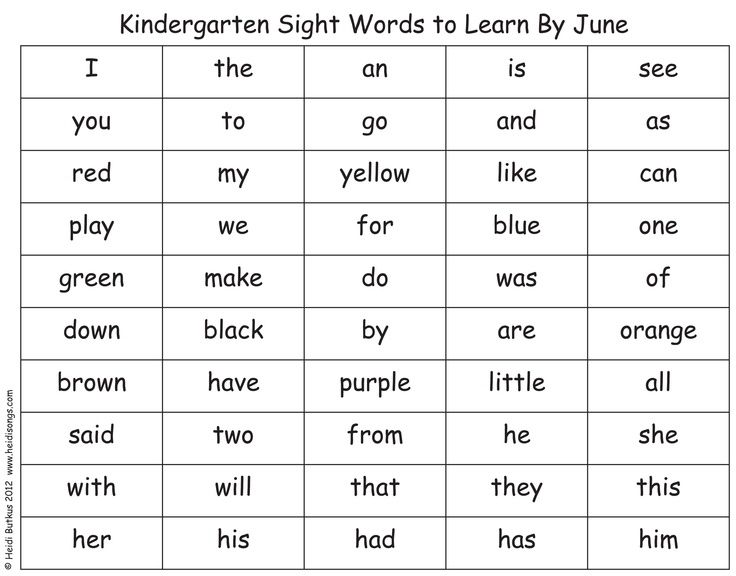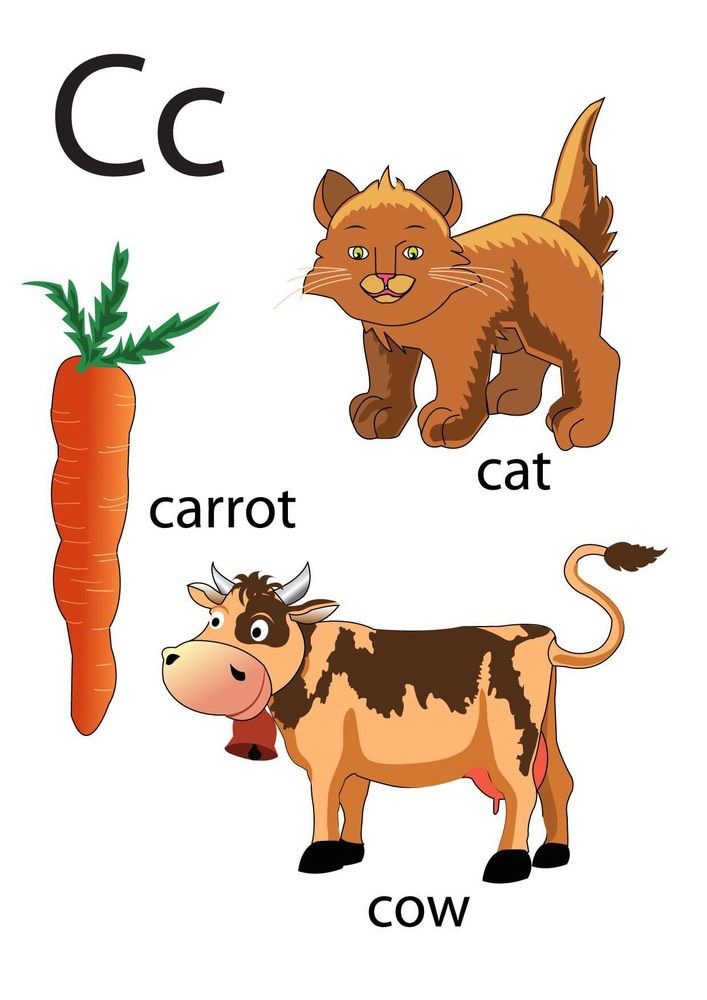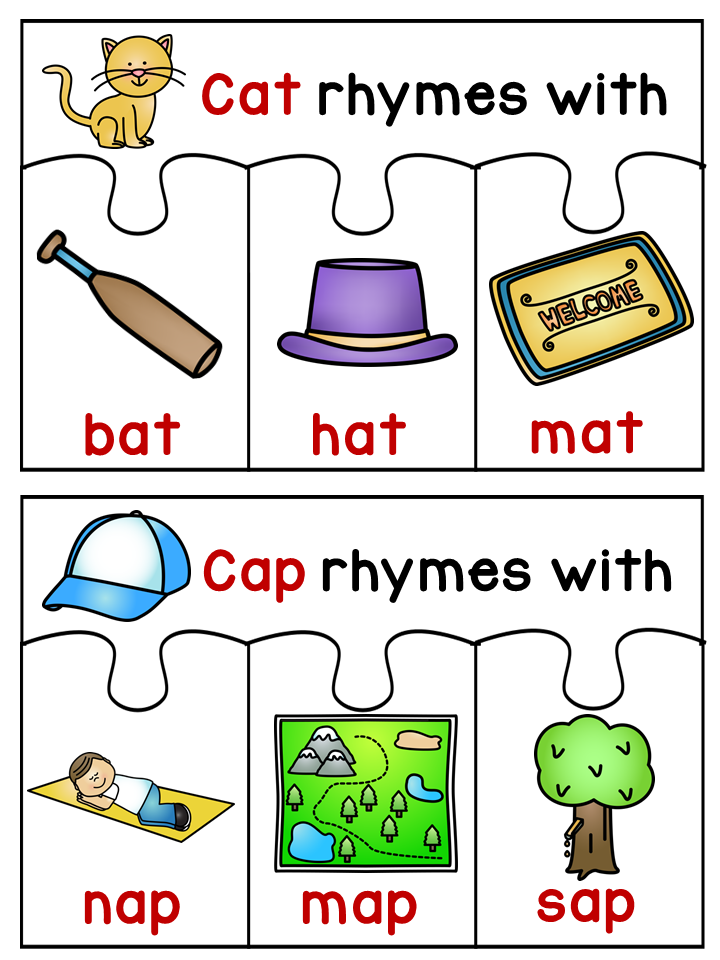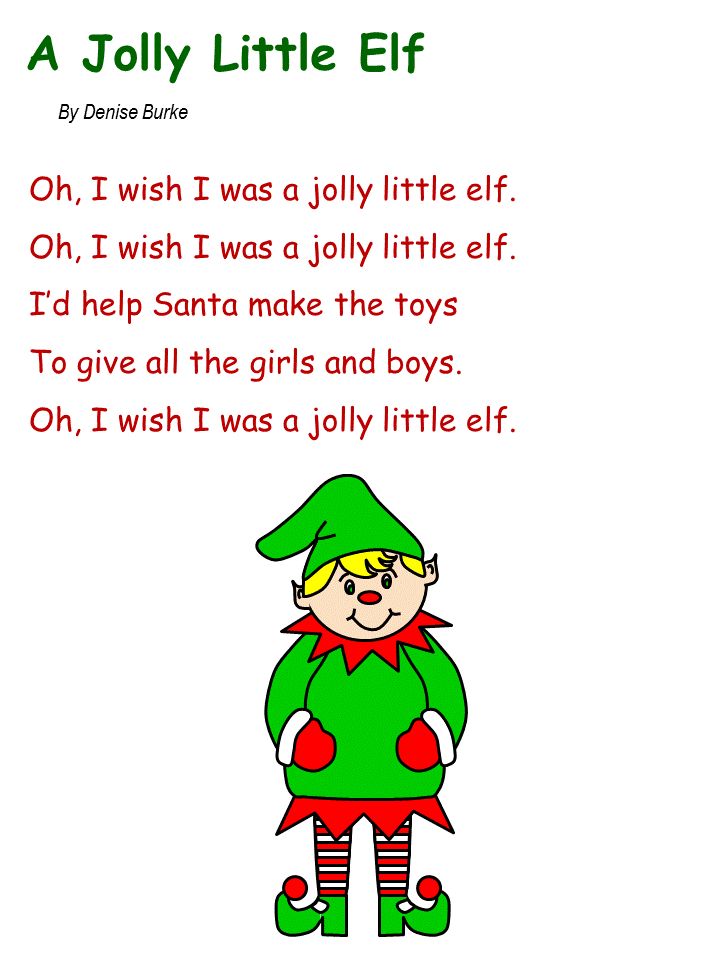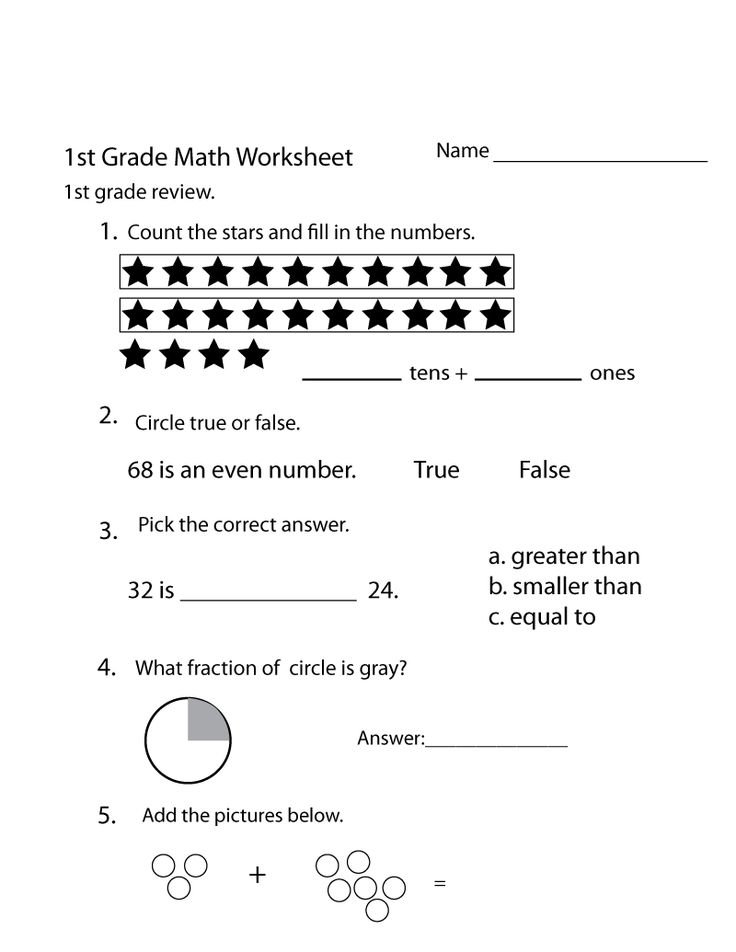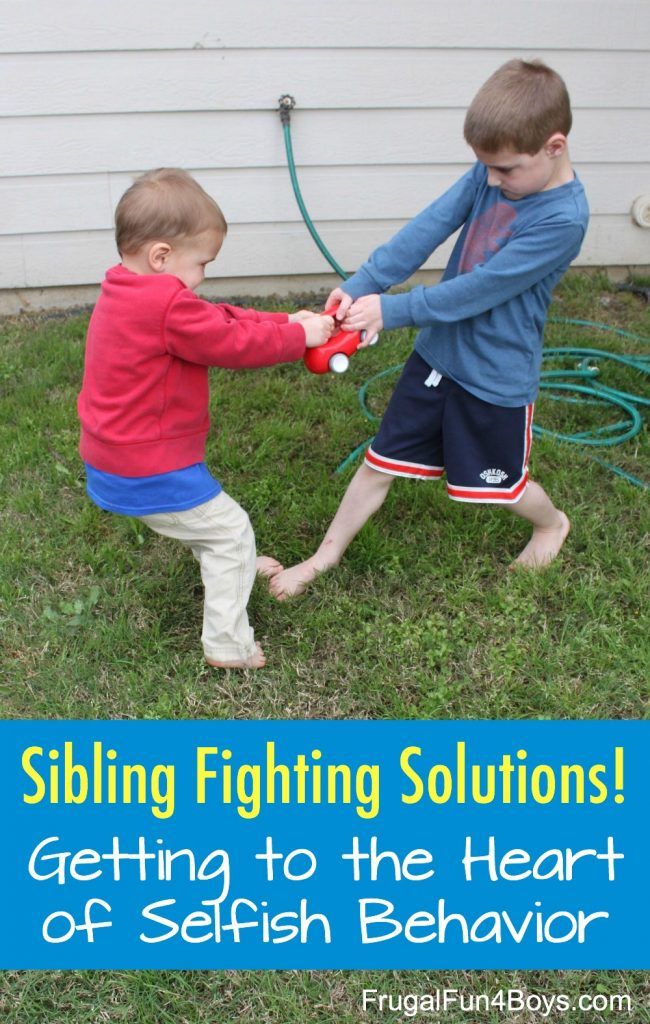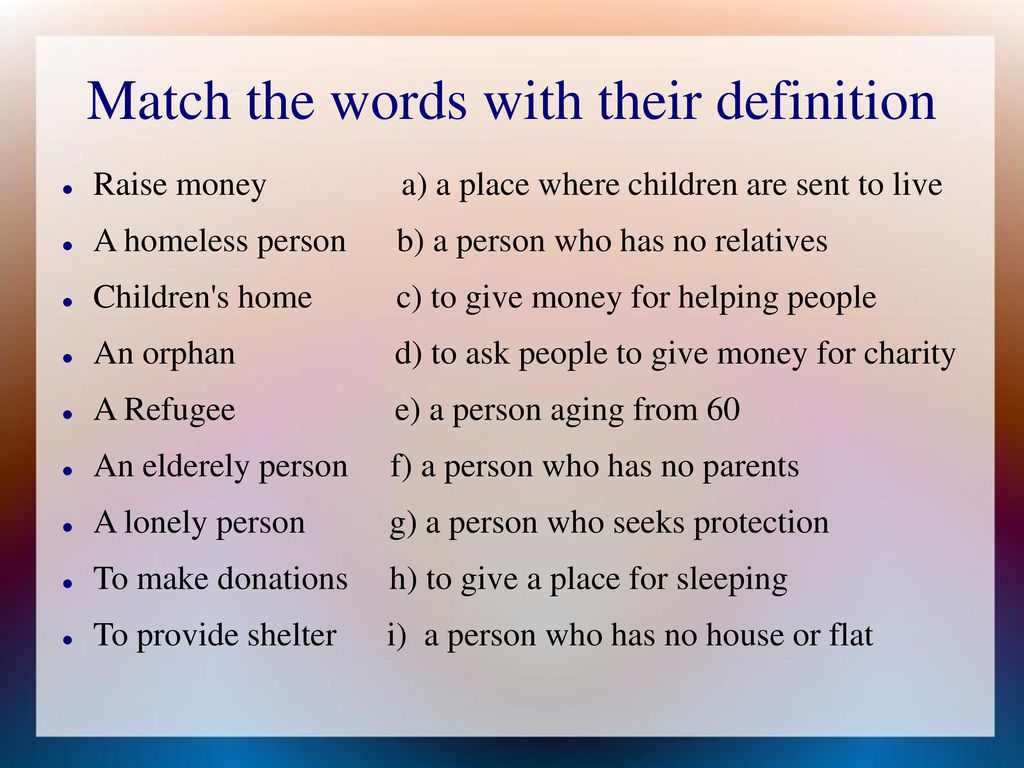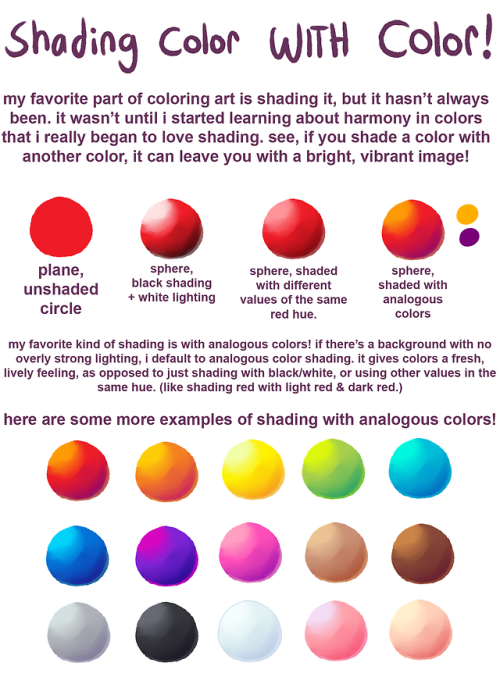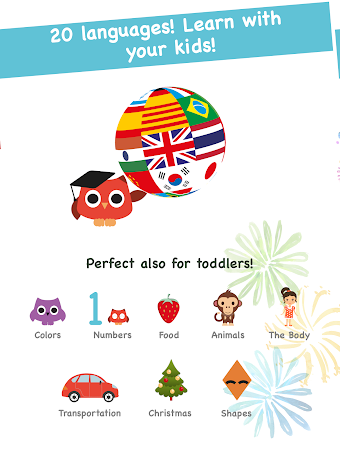Sight word learning
Best Sight Word Books and Activities
You probably don’t remember learning how to read words like the, is, and am. But these so-called “sight words” that you now read every day (without even noticing!) can actually be quite challenging for children to learn. However, they're crucial to reading success.
In simple terms, sight words are commonly-used words that children are encouraged to memorize by sight, so they instantly recognize them in a text without having to take the time to sound them out. That’s especially helpful for the many sight words that don’t follow normal phonetic rules, and can’t be sounded out.
“When children can read sight words quickly, they are more fluent readers and can better comprehend a text,” says Laura Mossa, an elementary school reading specialist at Baltimore County Public Schools. She adds that one classic study found that up to 75 percent of the words used in text geared toward young readers are sight words.
Here are five ways to make learning sight words easier for your child, and tools that will help you along the way.
Tip 1: Expose your child to sight words early on.
It's never too early to start reading regularly with your child (it will boost their language development and reading skills, and doing so multiple times per day can expose them to 1 million words by kindergarten!). This is the most natural way to familiarize them with a wide range of sight words.
Also point out sight words in your environment — say, by reading signs on the road or at the grocery store out loud. This will help provide a solid foundation for when your child takes on more formal sight word learning in preschool and kindergarten.
What Will Help: For young children, simply focus on joyful read-alouds that are packed with sight words, like Oh, The Places You'll Go!
As your child enters preschool and kindergarten, this Sight Word Readers Parent Pack is a great way to supplement what they're learning in class.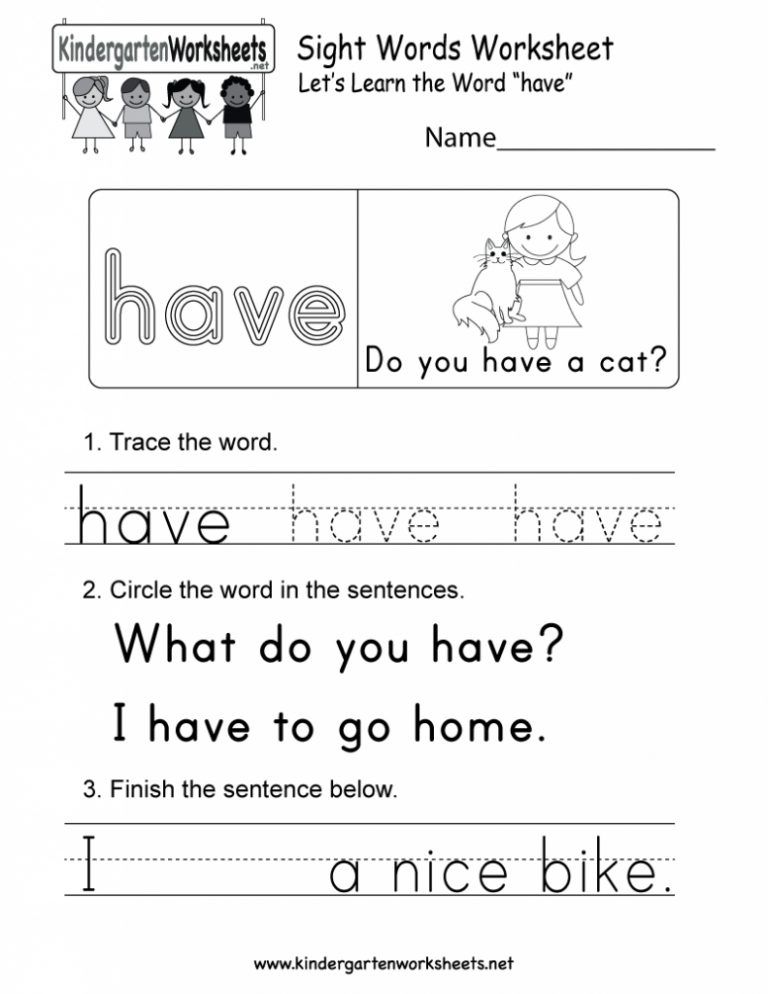 It features a mini activity book and write-and-learn pages to help your kids learn 50 high-frequency sight words!
It features a mini activity book and write-and-learn pages to help your kids learn 50 high-frequency sight words!
Tip 2: Make read-alouds more interactive.
When you read with your child, you’ll notice that many repetitive phrases contain sight words like I, a, at, am, and, it, in, is, and the. Have fun emphasizing this repetition, and encourage your child to chime in on the refrains as you point to the words along the way.
“Since sight words make up a large percentage of all text, engaging in interactive read-alouds with your child is a great way to practice them,” says Mossa. Books that show text in speech bubbles are particularly useful for this, because the text is concise and large, making it easy to point out sight words in each bubble as you read.
What Will Help: For general sight word practice, you can use this Little Skill Seekers: Sight Words workbook with your child — it includes playful illustrations and practice problems that will help your child recognize sight words to strengthen reading fluency!
Tip 3: Engage all of their senses.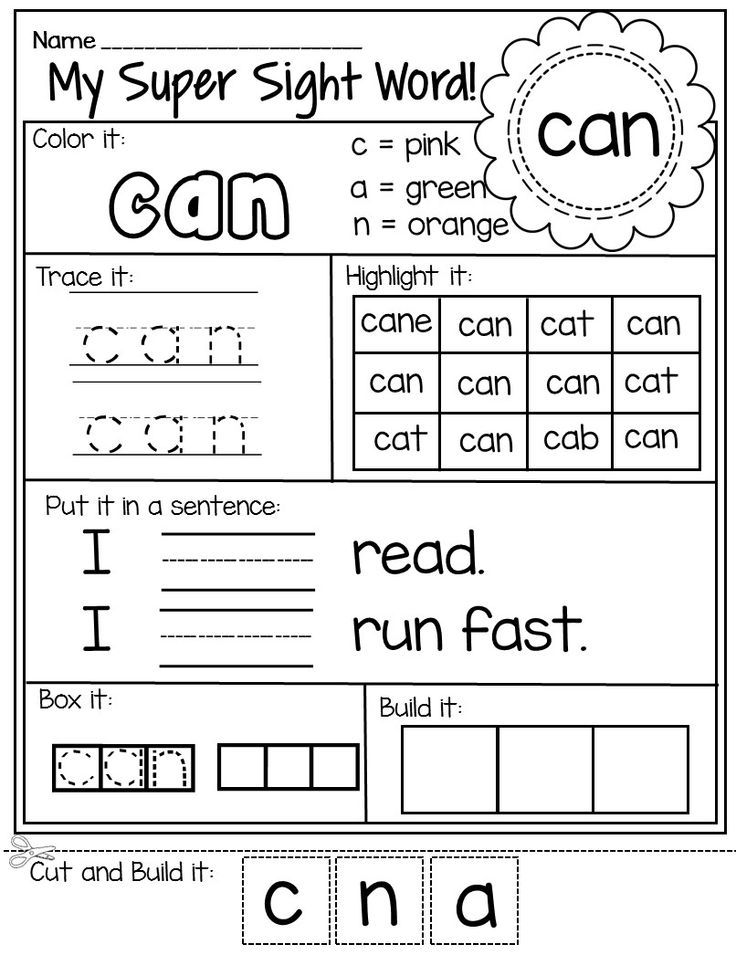
Mossa says she also uses multi-sensory activities with children, in which they fill in missing letters or rearrange letters to correctly spell a sight word, or "write" a word using their finger in the air or on a table.
“Children are more likely to retain a sight word in their long-term memory when practice includes these multi-sensory strategies,” says Mossa. She also suggests giving kids pipe cleaners or magnetic letters to build sight words.
For more practice with spelling sight words — especially those that aren’t phonetically regular — Mossa says she turns to literacy expert Jan Richardson’s sight word technique. “I introduce the sight word by writing it on a dry erase board or making it with magnetic letters,” she says. “Then I ask children to look at each letter as I slide an index card left to right across the word.”
Tip 4: Sort sight words into categories.
It can be helpful to show kids how to sort sight words into categories, such as “rule followers” and “rule breakers,” says Mossa.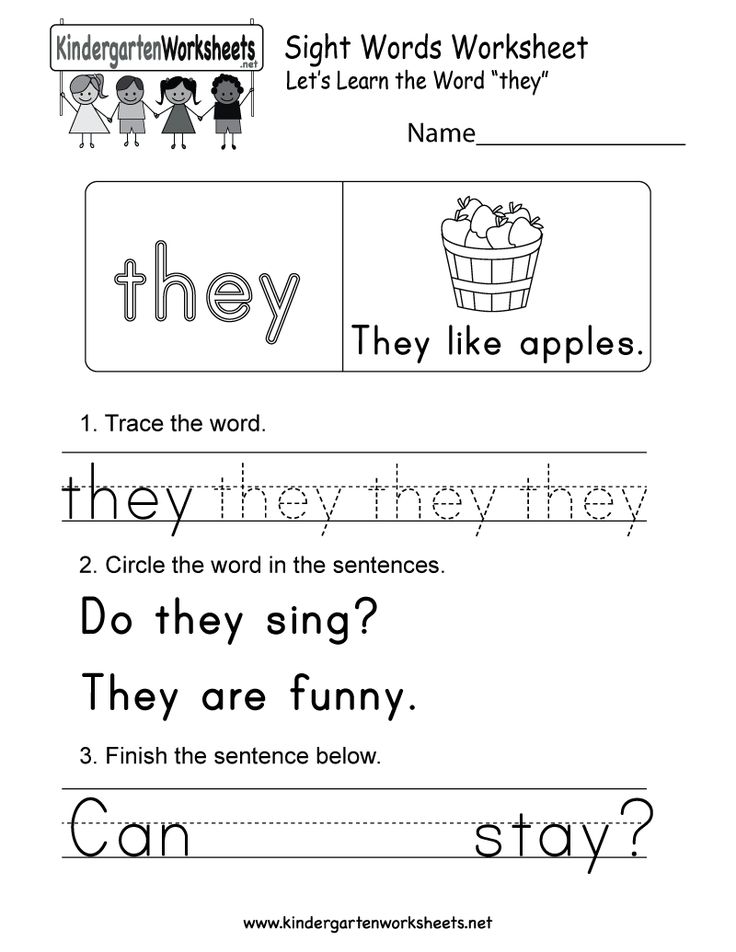 However, this should be used with more fluent readers who have already built early decoding skills and can sound out words.
However, this should be used with more fluent readers who have already built early decoding skills and can sound out words.
“For example, the sight word ‘can’ follows regular phonics patterns,” Mossa says. “In contrast, ‘said’ is not decodable. Therefore, children must learn this word as a whole unit. When I introduce a sight word, I discuss whether it can be sounded out or if it is a word that is a rule breaker.” Play a sorting game at home in which your child guesses which sight words can or cannot be sounded out.
What Will Help: Discuss the various types of sight words in this Nonfiction Sight Word Readers Parent Pack Level A and the Scholastic Success With Grades K-2: Sight Words with your child. Both of these tools will help your young reader become more familiar with key sight words and strengthen their reading skills.
Tip 5: Read and play with sight words daily.
“Children will become better at reading sight words automatically when they have daily opportunities to interact with text at home,” says Mossa.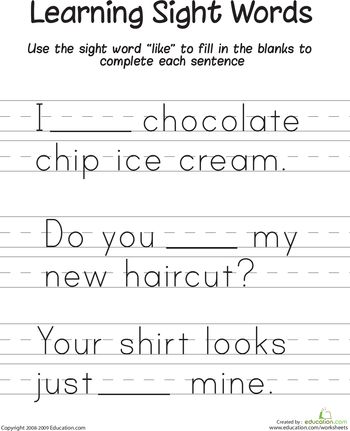 Reading daily will naturally reinforce the learning of sight words, and you can also get creative with games, art projects, and other interactive activities.
Reading daily will naturally reinforce the learning of sight words, and you can also get creative with games, art projects, and other interactive activities.
Teach Your Child to Read
Print your own sight words flash cards. Create a set of Dolch or Fry sight words flash cards, or use your own custom set of words.
More
Follow the sight words teaching techniques. Learn research-validated and classroom-proven ways to introduce words, reinforce learning, and correct mistakes.
More
Play sight words games. Make games that create fun opportunities for repetition and reinforcement of the lessons.
More
Learn what phonological and phonemic awareness are and why they are the foundations of child literacy. Learn how to teach phonemic awareness to your kids.
More
A sequenced curriculum of over 80 simple activities that take children from beginners to high-level phonemic awareness. Each activity includes everything you need to print and an instructional video.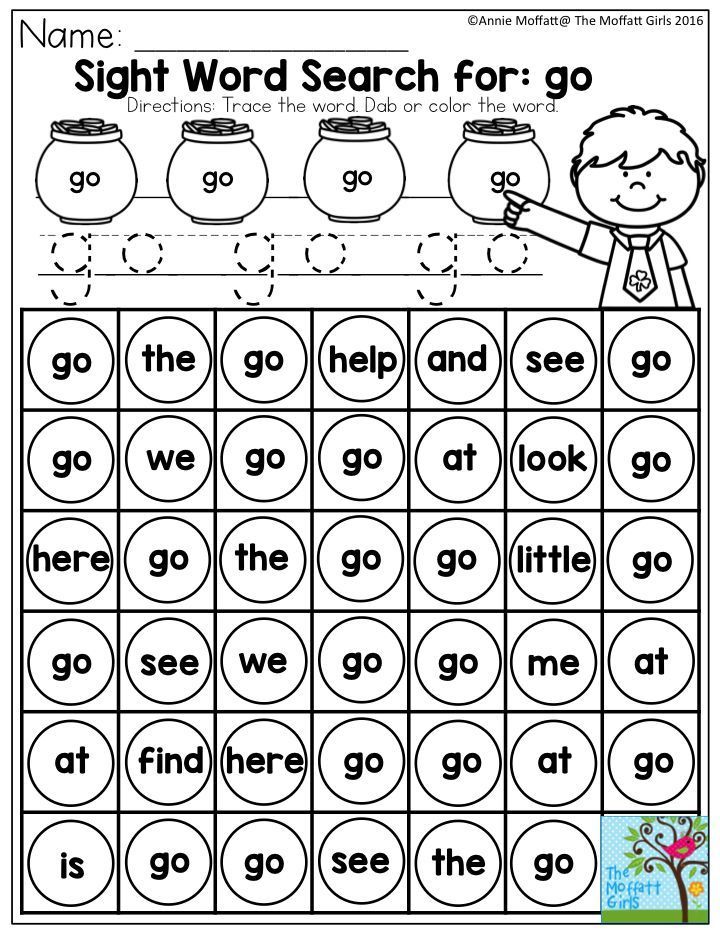
More
Teach phoneme and letter sounds in a way that makes blending easier and more intuitive. Includes a demonstration video and a handy reference chart.
More
Sightwords.com is a comprehensive sequence of teaching activities, techniques, and materials for one of the building blocks of early child literacy. This collection of resources is designed to help teachers, parents, and caregivers teach a child how to read. We combine the latest literacy research with decades of teaching experience to bring you the best methods of instruction to make teaching easier, more effective, and more fun.
Sight words build speed and fluency when reading. Accuracy, speed, and fluency in reading increase reading comprehension. The sight words are a collection of words that a child should learn to recognize without sounding out the letters. The sight words are both common, frequently used words and foundational words that a child can use to build a vocabulary.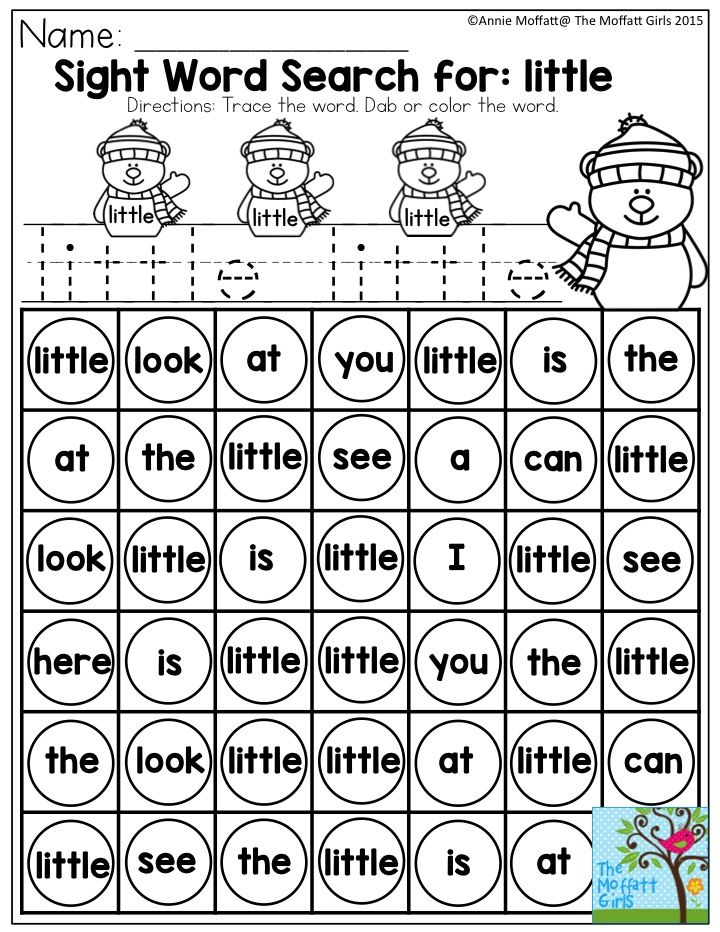 Combining sight words with phonics instruction increases a child’s speed and fluency in reading.
Combining sight words with phonics instruction increases a child’s speed and fluency in reading.
This website includes a detailed curriculum outline to give you an overview of how the individual lessons fit together. It provides detailed instructions and techniques to show you how to teach the material and how to help a child overcome common roadblocks. It also includes free teaching aids, games, and other materials that you can download and use with your lessons.
Many of the teaching techniques and games include variations for making the lesson more challenging for advanced students, easier for new or struggling students, and just different for a bit of variety. There are also plenty of opportunities, built into the lessons and games, to observe and assess the child’s retention of the sight words. We encourage you to use these opportunities to check up on the progress of your student and identify weaknesses before they become real problems.
Help us help you.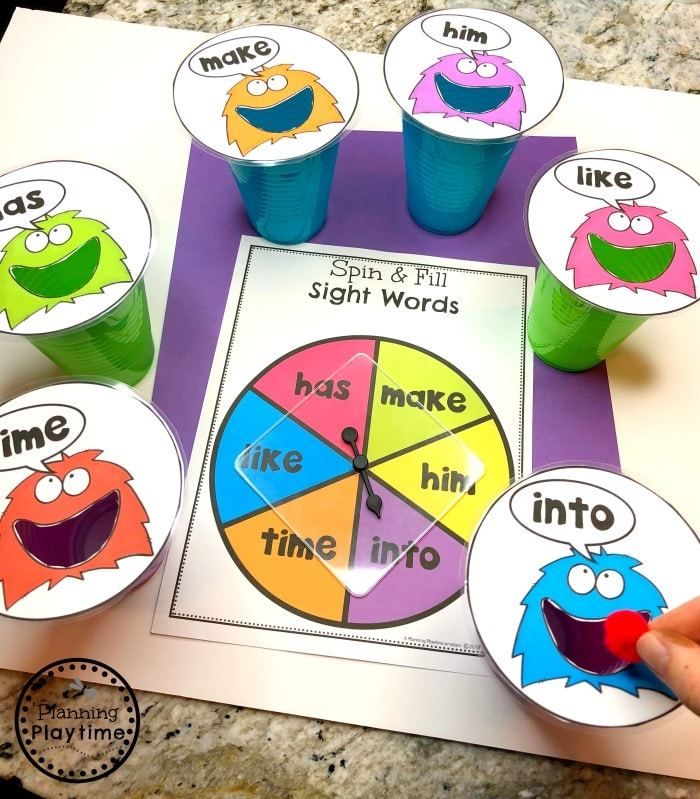 We want this to be a resource that is constantly improving. So please provide us with your feedback, both the good and the bad. We want to know which lessons worked for your child, and which fell short. We encourage you to contribute your own ideas that have worked well in the home or classroom. You can communicate with us through email or simply post a response in the comments section of the relevant page.
We want this to be a resource that is constantly improving. So please provide us with your feedback, both the good and the bad. We want to know which lessons worked for your child, and which fell short. We encourage you to contribute your own ideas that have worked well in the home or classroom. You can communicate with us through email or simply post a response in the comments section of the relevant page.
Upgrading memory to learn new English words
When learning a foreign language, you need to memorize a large amount of new information. These are both grammar rules and new words. A person learns his native language for several years, starting from birth and being in a language environment. With foreign languages, the situation is different. As a rule, a foreign language needs to be learned in a short time (before a vacation, transition to a new job, for business trips, etc.), which in itself is not easy. In addition, we are not in the language environment 24 hours a day and we do not have the opportunity to constantly practice, as happens in childhood when mastering our native language.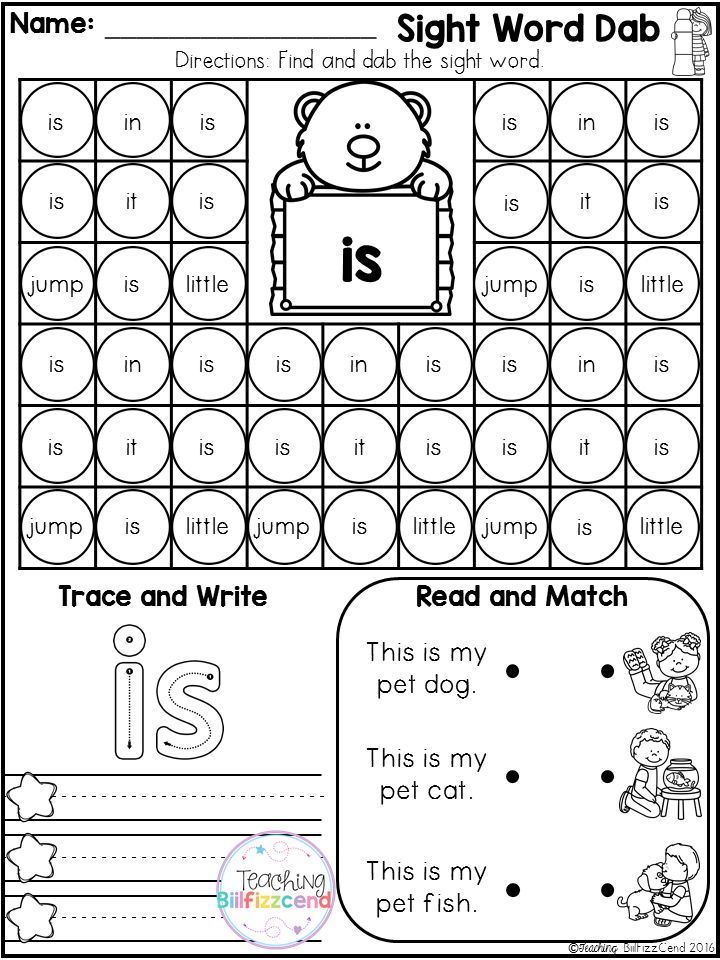 Many begin to learn a foreign language in adulthood, when the memory has already "lost the habit" of memorizing a large amount of new material. And you need to do it! It doesn't matter what stage of language learning you're at right now. You need to memorize new words both at the very beginning of the process, and when you have almost completed the course. In any case, you will have to replenish your vocabulary in order to speak expressively and easily select words. The level of language proficiency and the impression that we make on the interlocutor depends on how large the vocabulary is. Spoken and written language must be expressive, and this is not possible with a small vocabulary. For this reason, many people have a question: how to memorize a large number of foreign words and keep them in memory?
Many begin to learn a foreign language in adulthood, when the memory has already "lost the habit" of memorizing a large amount of new material. And you need to do it! It doesn't matter what stage of language learning you're at right now. You need to memorize new words both at the very beginning of the process, and when you have almost completed the course. In any case, you will have to replenish your vocabulary in order to speak expressively and easily select words. The level of language proficiency and the impression that we make on the interlocutor depends on how large the vocabulary is. Spoken and written language must be expressive, and this is not possible with a small vocabulary. For this reason, many people have a question: how to memorize a large number of foreign words and keep them in memory?
Memory must be forced to memorize words, and for this it must be trained.
Memory should be exercised regularly, not from time to time. The process of memory training is similar in this respect to sports.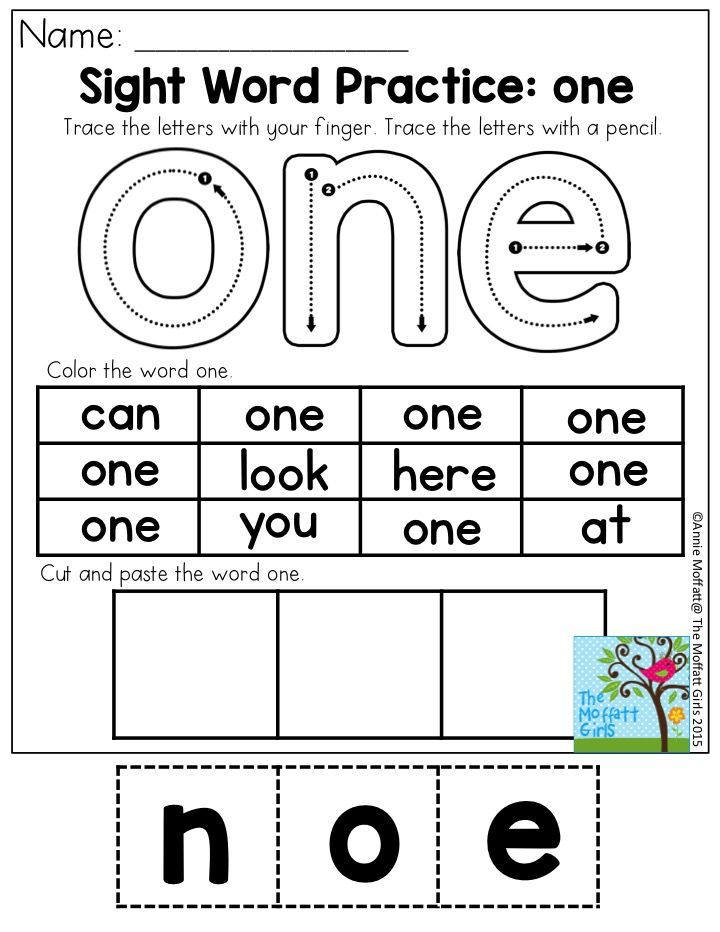 As an athlete pumps and trains muscles, so we must train our memory.
As an athlete pumps and trains muscles, so we must train our memory.
There are many ways to do this.
First, the easiest way to make memory work is to memorize. Naturally, the more you do this, the more you can remember. Everything is simple here. Poems, excerpts from books in prose, and of course, English words will do. Give it 15-20 minutes a day, but regularly, don't skip days! Only in this case, the lessons will be useful. It is convenient to do this on the way to and from work. After all, you still lose time on the road, and so you will spend it with benefit!
Secondly, there are a lot of special memory exercises. Many of them resemble children's games, but there are also benefits for adults. These game exercises can be found on the Internet.
Thirdly, such games as chess are suitable for memory training. Sudoku and crosswords of all kinds train memory very well. These can also be done on the way to work.
Now let's move on to how best to exercise memory from the point of view of memorizing foreign words.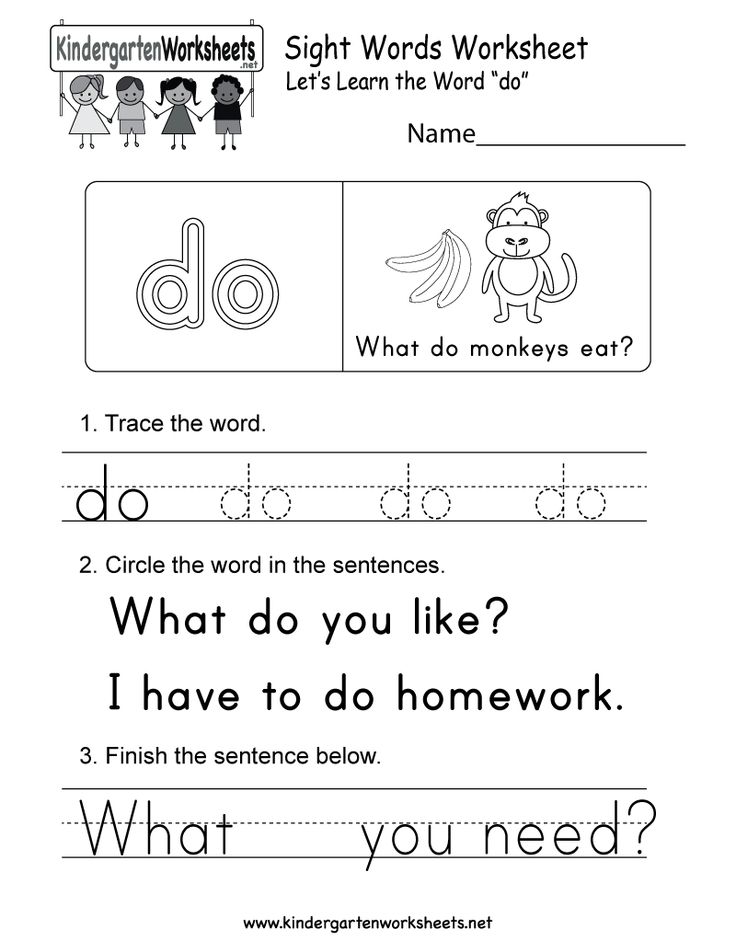 Let's see what kind of exercises can simultaneously achieve two goals: to memorize new English words and improve memory.
Let's see what kind of exercises can simultaneously achieve two goals: to memorize new English words and improve memory.
Recall what we did during the day.
When learning a language, it is important not only to memorize words, but also to keep them in memory. It is known that if words are not used for some time, they are forgotten. This method of memory training makes it possible to repeat already learned words and practice their application to automatism.
In the evening, before going to bed, in a calm atmosphere, try to remember what you did during the day, action by action. We got up in the morning, then washed ourselves, then made coffee, etc. We remember in order, we try not to miss anything. At the same time, we mentally call the actions in English!
If you forget or don't know a word, don't worry, the main thing is that you make your memory work in two directions. Firstly, you simply train her, remembering the order of events for the day, and secondly, you make her repeat English words.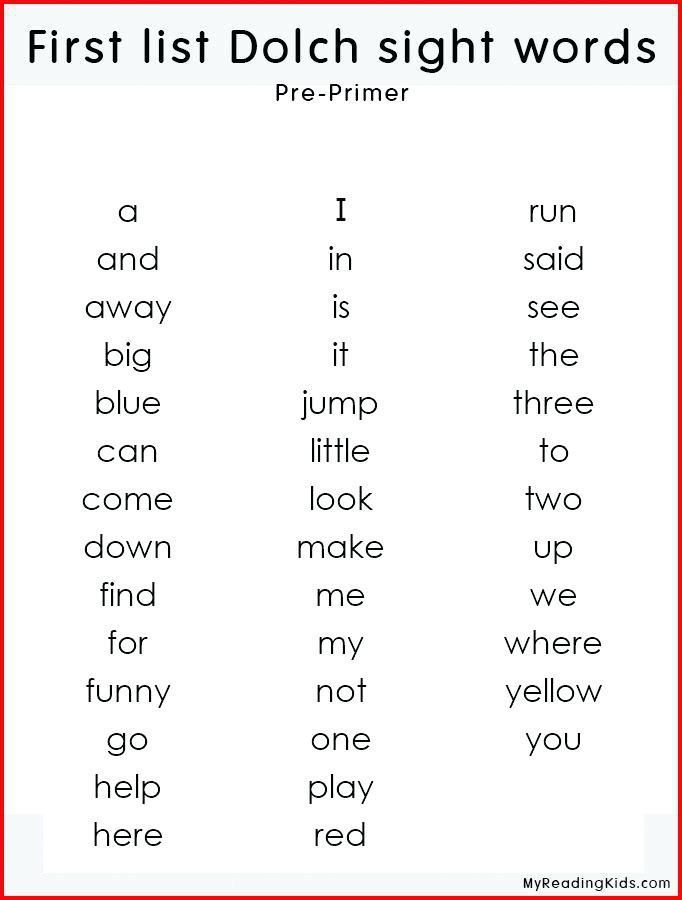
For example, you woke up in the morning. The verb wake up is suitable here. Then they made coffee - to make a coffee, and so on.
We select associations.
This is a well known memory exercise. We will change it a little so that it brings double benefits. After all, we need to develop memory and remember words.
Its meaning is as follows. If you can't remember a word, come up with an association to it.
For example, you are confusing the words "big" and "small". Association may be next. Both words - both "big" and "big" begin with the sound "b", in the words "small" and "small" there are sounds "m" and "l". Such an association will facilitate the process of memorization.
Here is another example. What is the best way to remember the words "left" (left) and "right" (right)? The words "left" and "left" both begin with the sound "l", in the words "right" and "right" there is a sound "r". Association is ready!
In addition to associations with sounds, one can come up with a semantic association.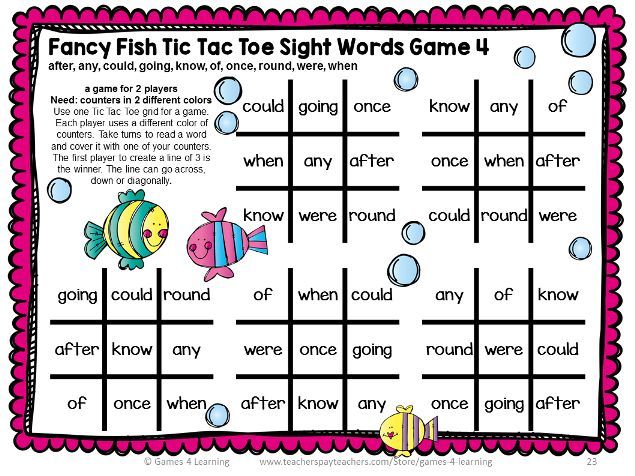 For example, what is the best way to remember the verbs "skate" (to skate) and "ski" (to ski)?
For example, what is the best way to remember the verbs "skate" (to skate) and "ski" (to ski)?
Imagine the process of skating. The skater seems to be drawing a pattern on the ice, the word “skate” is curly and beautiful, reminiscent of the pattern in sound. When we ski, we draw with skis not a pattern, but straight lines, similar to the word "ski". It is as simple as a ski track. Here is such an interesting association that will help.
We watch, we speak, we write.
This method of training makes three types of memory work at once - motor , visual and auditory. What is it for?
When we memorize English words, our task is not only to remember how they sound in order to understand them in colloquial speech, but also to be able to write them correctly. For this, the following method of training memory and memorizing words is perfect.
You take a blank sheet of paper (it must be exactly clean so that extraneous inscriptions or pictures do not distract your visual memory), and write down the same word several times, for example, write down two lines. At the same time, you pronounce it out loud in English and its translation in Russian. Translation can also be written next to several times. For example, the entry would look like this:
At the same time, you pronounce it out loud in English and its translation in Russian. Translation can also be written next to several times. For example, the entry would look like this:
to sleep - sleep.
Write down the word and its translation at least 5-10 times.
Then move on to the next word.
This is a laborious but very effective method. When you write down a word, motor memory works, you look at it - visual memory works, you pronounce it - auditory memory works. Even if one type of memory is developed more than others, other types of memory are also trained in the process of doing this exercise and help memorize the word.
Often, those who learn a language remember only the pronunciation of a word, then there are difficulties in writing it. The method described above will make it possible to remember both the pronunciation and spelling of the word at the same time. You can complicate the task and prescribe the transcription of the word. This is very useful at the initial stage of learning, when you do not remember writing transcriptions very well.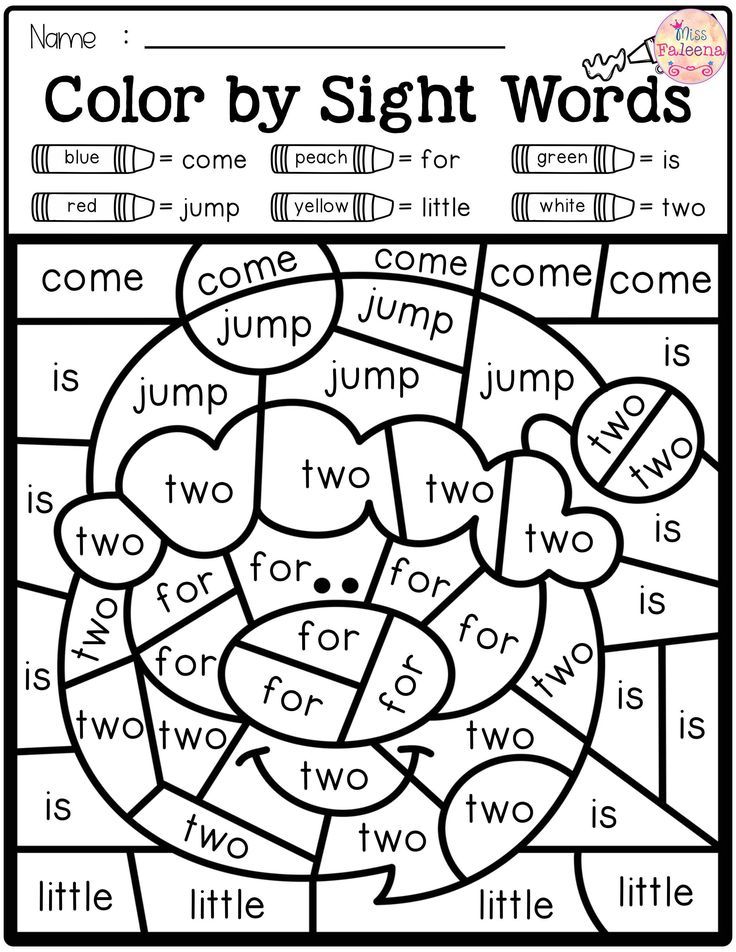
Try to memorize new words and exercise your memory in all ways. You need to do this regularly, only then you will notice a positive effect. The process of memorizing new words will become much easier, and the words will remain in memory for a long time.
The human brain turned out to be predisposed from birth to the visual perception of letters and words
American psychologists have shown that people are born with a zone of the visual cortex that is predisposed to the visual perception of words and letters, which creates the basis for subsequent learning to read and write. The study participants were 40 newborns less than a week old and 40 adults aged 26-36 years. Article published in Scientific Reports .
It is believed that the area of the visual cortex that is responsible for the visual perception of letters and words (VWFA) is no different from other parts of the visual cortex, and becomes selective for words and letters only when children learn to read and write.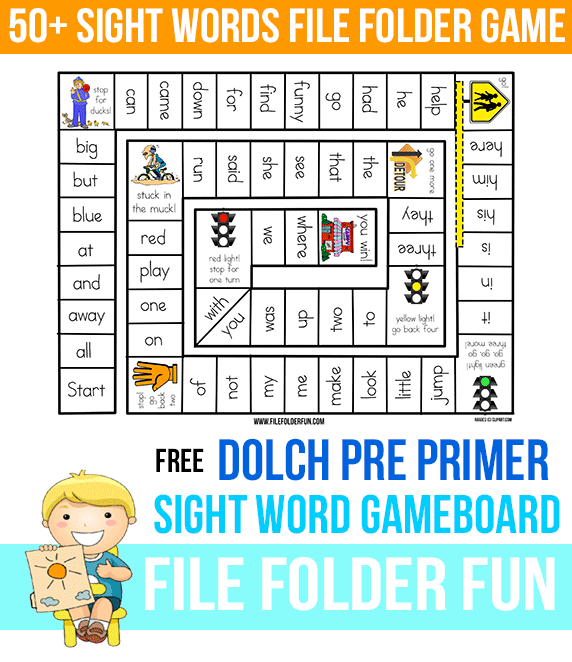 But a number of studies have led to look at this question differently: the future function of the VWFA may be largely determined at birth by communication with speech centers, suggesting the innate readiness of the VWFA to provide the function of perceiving letters and words. For example, based on this association in illiterate five-year-olds, researchers were able to predict the location of the VWFA at age eight, when they learned to read and write. These works are not enough. To demonstrate that VWFA functions are innately determined, it is necessary to show that VWFA associations with speech areas are similar in neonates and adults.
But a number of studies have led to look at this question differently: the future function of the VWFA may be largely determined at birth by communication with speech centers, suggesting the innate readiness of the VWFA to provide the function of perceiving letters and words. For example, based on this association in illiterate five-year-olds, researchers were able to predict the location of the VWFA at age eight, when they learned to read and write. These works are not enough. To demonstrate that VWFA functions are innately determined, it is necessary to show that VWFA associations with speech areas are similar in neonates and adults.
Jin Li from Ohio State University and colleagues have been researching this issue. Psychologists analyzed brain fMRI scans of 40 newborns less than a week old who participated in the Developing Human Connectome Project and compared them with similar images of 40 adults aged 26-36 from the Human Connectome Project.
As a result, the scientists found a closer relationship of speech centers (primarily Wernicke's and Broca's areas) with VWFA than with neighboring regions in the visual cortex (p < 0.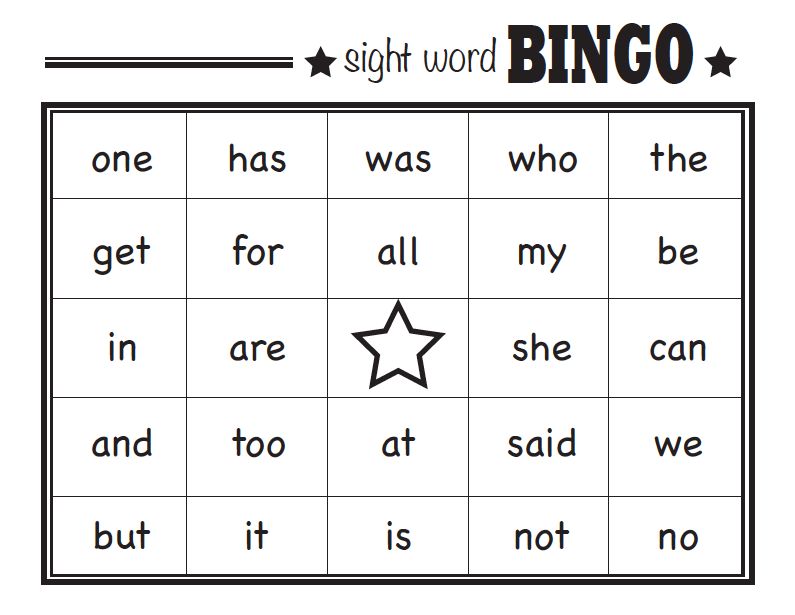 001), and further reproduced this in adults (p < 0.001). At the same time, the patterns of communication between speech centers and visual areas that provide the perception of objects, background, faces, and letter-words are similar in adults and newborns (p < 0.05).
001), and further reproduced this in adults (p < 0.001). At the same time, the patterns of communication between speech centers and visual areas that provide the perception of objects, background, faces, and letter-words are similar in adults and newborns (p < 0.05).
Among the speech centers in both newborns and adults, Wernicke's center showed a closer relationship with VWFA than Broca's center (p < 0.001). Thus, VWFA from birth is closely connected with the part of the cortex that is involved in the process of perception of written and spoken language, which makes VWFA from birth more sensitive to the visual perception of letters and words and fertile ground for learning to read and write.
The authors note that this study only opens up the study of the VWFA's innate sensitivity to words and letters. And scientists still have to answer many questions. For example, it is not known whether connections between VWFA and speech centers arise in prenatal or evolutionary human development.